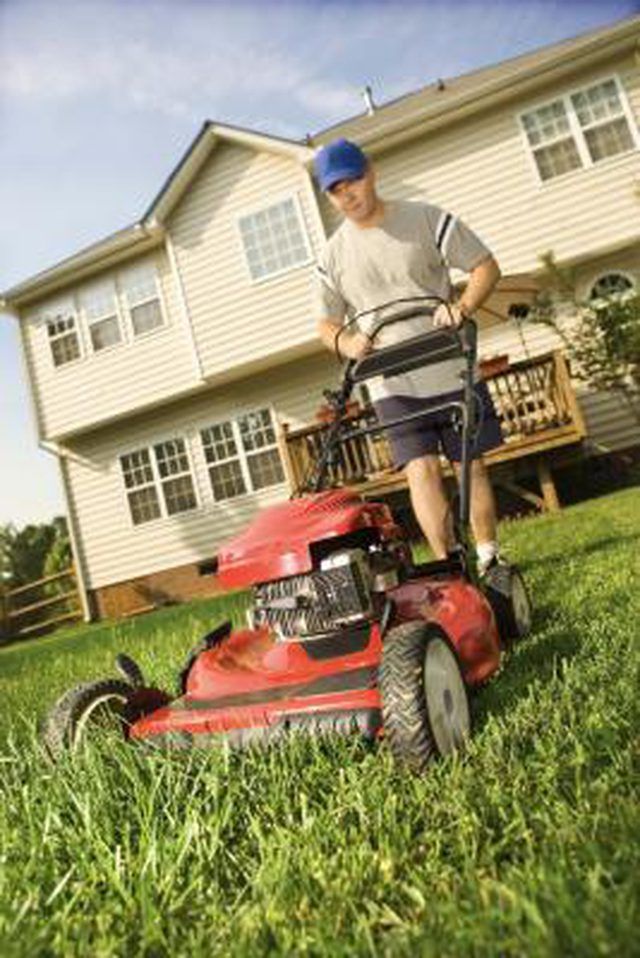Bulbs
Flower Basics
Flower Beds & Specialty Gardens
Flower Garden
Garden Furniture
Garden Gnomes
Garden Seeds
Garden Sheds
Garden Statues
Garden Tools & Supplies
Gardening Basics
Green & Organic
Groundcovers & Vines
Growing Annuals
Growing Basil
Growing Beans
Growing Berries
Growing Blueberries
Growing Cactus
Growing Corn
Growing Cotton
Growing Edibles
Growing Flowers
Growing Garlic
Growing Grapes
Growing Grass
Growing Herbs
Growing Jasmine
Growing Mint
Growing Mushrooms
Orchids
Growing Peanuts
Growing Perennials
Growing Plants
Growing Rosemary
Growing Roses
Growing Strawberries
Growing Sunflowers
Growing Thyme
Growing Tomatoes
Growing Tulips
Growing Vegetables
Herb Basics
Herb Garden
Indoor Growing
Landscaping Basics
Landscaping Patios
Landscaping Plants
Landscaping Shrubs
Landscaping Trees
Landscaping Walks & Pathways
Lawn Basics
Lawn Maintenance
Lawn Mowers
Lawn Ornaments
Lawn Planting
Lawn Tools
Outdoor Growing
Overall Landscape Planning
Pests, Weeds & Problems
Plant Basics
Rock Garden
Rose Garden
Shrubs
Soil
Specialty Gardens
Trees
Vegetable Garden
Yard Maintenance
How to Adjust the Tracking on a Scag Mower
How to Adjust the Tracking on a Scag Mower. The tracking setting of your Scag mower dictates whether the unit is able to travel in a straight line during use. Misaligned tracking causes the mower to gradually veer right or left as you move forward. Before adjusting the tracking, make sure the tire pressures are correct – 25 pounds per square...

The tracking setting of your Scag mower dictates whether the unit is able to travel in a straight line during use. Misaligned tracking causes the mower to gradually veer right or left as you move forward. Before adjusting the tracking, make sure the tire pressures are correct – 25 pounds per square inch, or PSI, for the drive tires; 15 PSI for the caster tires – and that the neutral adjustment and control rod adjustments are complete.
Engage neutral on both of the steering control levers and the speed adjustment lever. Move the speed adjustment lever again until it just makes contact with the speed adjustment cam.
Tighten the speed adjustment lever bearing on both sides, then, with the machine on level ground, select the speed most frequently used during cutting.
Squeeze the steering control levers and release the neutral latch. Gently release the steering control levers until the mower begins to move forward. If the tracking is correct, the mower should move in a straight line. Stop the mower and turn off the engine if it pulls to one side.
Looking at the side the mower pulled toward, loosen the wing nut securing the speed adjustment bearing lever and move the bearing roughly 1/16-inch away from the cam. Test the mower again and make additional adjustments, if necessary.